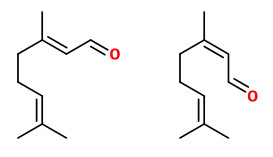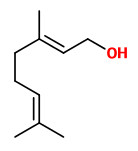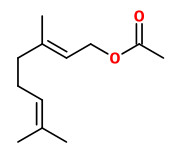Cymbopogon flexuosus (Nees ex Steud.) J.F. Watson - syn. Andropogon flexuosus Nees ex Steudel - Poaceae
East Indian lemon grass, Malabar grass, Ostindisches Zitronengras , Malabargras
Perennial up to 3 m tall; probably native to India, naturalized in Nepal, Myanmar, Indonesia, Malaysia, Thailand; rhizome short, stout; leaf sheaths glabrous, blades linear, up to 100 × 1.5 cm, scabrid, abaxial surface tomentose at sheath junction, adaxial surface pilose at base, otherwise glabrous, base gradually narrowed, apex filiform; spathate compound panicle very large, grayish green, up to 60 cm or more.
„This grass is cultivated in tropical regions for „oil of lemon grass.“ It is thought to be native to India, but is now widely naturalized in Indonesia and elsewhere. It is usually easily recognizable by its very large compound panicle of drooping branches, with numerous short, deflexed racemes of small, narrowly winged spikelets. In Bhutan and NE India the branches are looser with more widely spaced raceme pairs than usual, approaching Cymbopogon pendulus in habit. This form has been recognized as C. flexuosus var. sikkimensis Bor.“
efloras.org
Cympogon flexuosus and Cymbopogon citratus are the source of lemongrass oil, which is valued for its citral content, with fresh, strongly citrusy, lemon-like and pungent odor. Cympogon flexuosus is the source of East-Indian lemongrass oil. The main chemotype oils contain more than 80% of citral, other components are limonene (0.1-2.4%), 6-methyl-5-hepten-2-one (0.5-1.4%), linalool (0.5-1.3%), geranyl acetate (1.9%), and geraniol (3.8%). Another chemotype from Odakali (India) had (+)-α-bisabolol (37.2-39.8%) as main constituent, minor components were camphene, limonene, and borneol e.g.
[Boelens, Mans H. „Sensory and chemical evaluation of tropical grass oils.“ Perfumer & flavorist 19.2 (1994): 29-45]

Cympogon flexuosus © കാക്കര CC BY-SA 4.0, Wikimedia Commons



